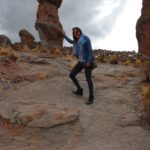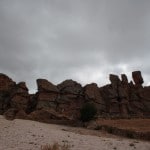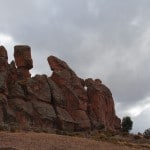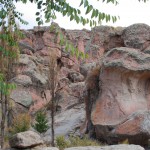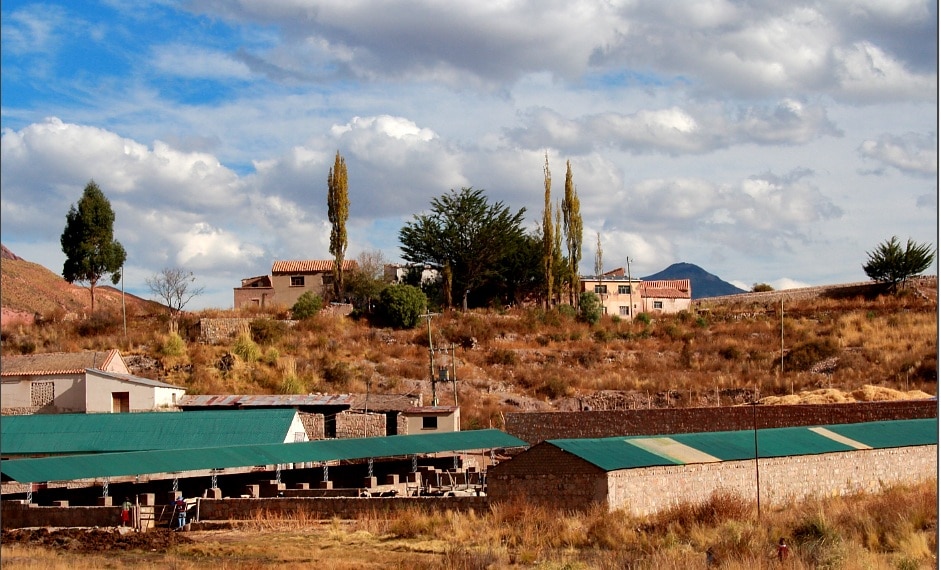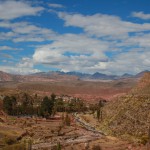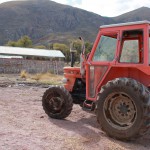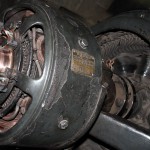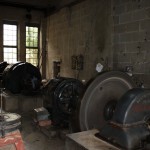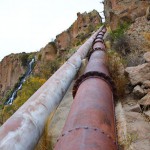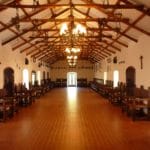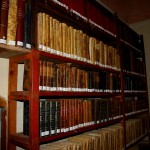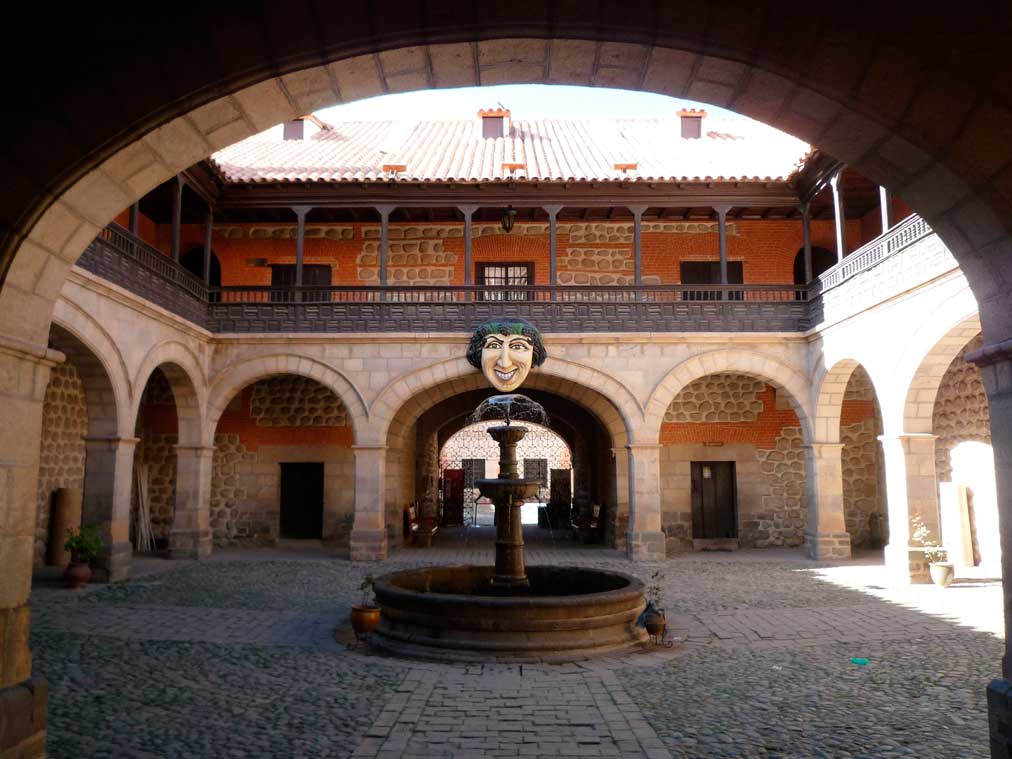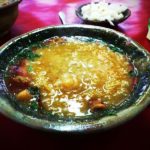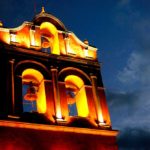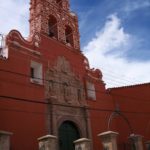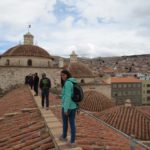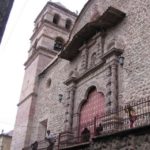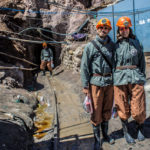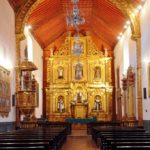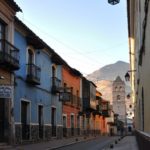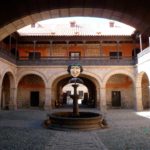Potosí
City Tour
- Typical potosinian lunch: Kalaphurka, corn soup made with meats, vegetables and special ingredients.
(An hour and a half)
- Walking tour through Tarija St. and Ayacucho St., with colonial architecture, temples and historic buildings.
(Each tour lasts approximately one hour)
Museo nacional de la Casa de la Moneda
* (Except Sunday afternoons and Mondays) *
* (The tour lasts two hours) *
It was the second coin minting factory, now converted into a museum of colonial, republican and contemporary painting; oploteca, silverware, archeology, and customs. An important part of the tour is the set of machinery of the minting factory of the three epochs, machines moved by force of animal blood, steam and electricity. As a souvenir of the visit you can get a coin with designs of your choice.
Museum of San Francisco
* (Monday to Friday and Saturday in the mornings) *
* (The tour lasts one hour) *
Religious museum, you can visit the cloister, the temple of basilical plant, the crypts under the temple and you can climb to the roof, from where you have a wonderful panoramic view of the city and the hill.
Santa Teresa Museum
* (Except Sunday morning) *
* (The tour lasts from one hour and a half to two hours) *
The visit runs through the former convent of the Carmelite nuns, now a beautiful museum. It allows to know the religious life of centuries ago that established that the second daughters of the noble families entered the convent of cloister. The rooms preserve their furniture and works of religious painting and sculpture. In the store can buy the traditional sweets made by the religious.
Mine in the Cerro Rico de Potosí
* (The tour lasts three hours) *
To visit the mine is to understand the origin of the birth of this city, to get to know the “uncle of the mine” and the work of the miners. In the tour you can see the mining work, the “Tio” and the “Tata Kajchu”.
Night Tour
* (Two-hour walk) *
A night stroll through the streets, visiting the streets and illuminated facades of some temples, with tales of legends and traditions from Potosi.

